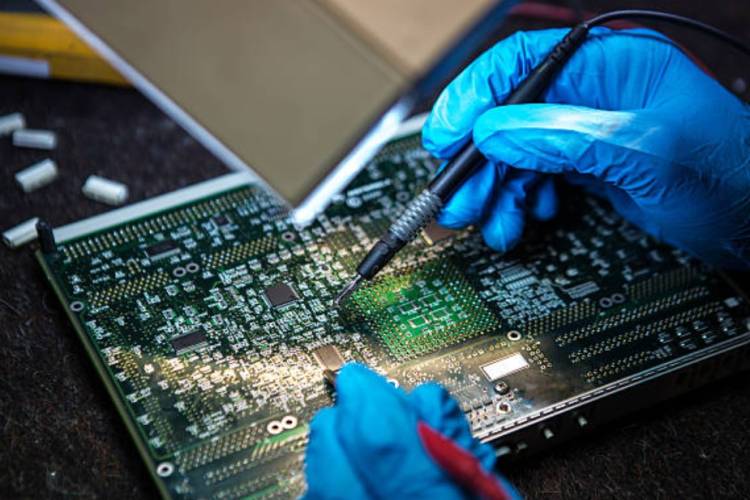In the age of artificial intelligence, smartphones, and self-driving cars, the fiercest contest is being waged over semiconductor chips—tiny wafers smaller than a fingernail, yet powerful enough to run entire economies. For India, they have become central to its technological aspirations. The country’s long-delayed semiconductor dream is now beginning to take shape.
The government has unveiled a plan to acquire technology that will enable India to manufacture chips of 7 nanometres (nm) and above within five to seven years. This is ambitious for a country moving from being a consumer to an aspiring manufacturer. The Tata group has pledged ₹91,000 crore to build a fabrication facility that will roll out 28 nm chips—India’s first step into wafer manufacturing.
READ | Reforming Australia’s migration to favour skilled workers
The gap with global leaders, however, is vast. Taiwan Semiconductor Manufacturing Company (TSMC) is already producing 3 nm chips, with 2 nm chips expected later this year. India’s target of 7 nm within the next decade may sound modest, but it is a crucial advance given that the country has had no fabrication capacity till now.
Building a domestic ecosystem
India’s semiconductor mission is driven by the need to cut dependence on imports, create intellectual property, and join the club of nations capable of producing advanced chips. A 15-year plan has been drawn up, with the goal of breaking into the world’s top five players by 2032.
The government has earmarked ₹75,000 crore in subsidies under the Semiconductor India Scheme, with 10 projects already approved that together involve $18 billion of investment. The incentives are designed to attract strategic partnerships and technology transfers, without which India risks falling further behind.
Why smaller is better
In semiconductors, smaller is better. Lower nanometre nodes mean more transistors on a chip, translating into faster performance and lower energy consumption. With AI models demanding unprecedented computing power, mastering advanced nodes is no longer optional. Without it, India risks being reduced to a warehouse of outdated technology while others control the frontier.
Getting to 7 nm is easier said than done. Even TSMC, Intel, and Samsung rely on decades of expertise, vast sums sunk into research, and sprawling supply chains. State-of-the-art equipment like ASML’s extreme ultraviolet lithography machines, each costing more than $150 million, is essential to produce these chips. For India, the obstacles are financial, technological, and geopolitical.
Partnerships as a bridge
India’s best hope lies in leveraging global partnerships. Talks are under way with IBM, which developed the world’s first 2 nm chip in 2021, and Belgium’s IMEC, a leading research hub that collaborates with TSMC and Intel. IBM has signed a strategic pact with India to provide research expertise and help create a domestic R&D base. IMEC brings long-term roadmaps and technical support.
Without such alliances, India risks commissioning fabs that are obsolete by the time they come onstream.
Globally, the semiconductor industry is highly concentrated in Taiwan, South Korea, and the United States. Geopolitical tensions have made supply chains fragile. The US-China technology war has curbed chip exports to Beijing, while Taiwan’s vulnerabilities have unnerved supply planners. This has created a window for India to pitch itself as a viable alternative—if it moves swiftly.
The stakes for India
India’s domestic demand for chips is expected to touch $100-110 billion by 2030, or about 10 per cent of global consumption. Nearly all of this is imported. Building local capacity will conserve foreign exchange, generate jobs, and create an innovation ecosystem. For sectors like defence, space, and telecom, where self-reliance has strategic value, a domestic semiconductor industry is critical.
To succeed, India must draw lessons from Taiwan, which nurtured its industry over decades through education, R&D, and targeted industrial policy. The path from 28 nm to 7 nm will be long and costly, but delay will prove even costlier.
The decisive battles of the 21st century will not be fought with missiles and tanks but in semiconductor fabs, research labs, and global supply chains. For India, every step towards technological sovereignty will strengthen its future as a modern economy.

